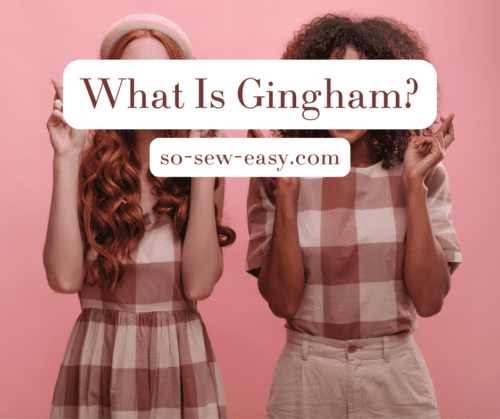
Hello, friends and welcome back to another exciting journey through the world of fabrics. Today, we're diving into the fabulous, colorful, and ever-so-versatile world of gingham! Get ready to be amazed by its rich history, learn about its production process, and be inspired by how to incorporate it into your sewing projects. Let's sew our way into the fascinating story of gingham!
The Origins and History of Gingham
Gingham, a fabric that has become synonymous with summertime picnics and cheerful vintage dresses, has a surprisingly global history. Its origins can be traced back to the 17th century in Southeast Asia, where it was known as “ginggang,” a term derived from the Malay word meaning “striped.” The early versions of gingham were striped, and it wasn't until the fabric made its way to Europe that the iconic checkered pattern we know and love today was developed.
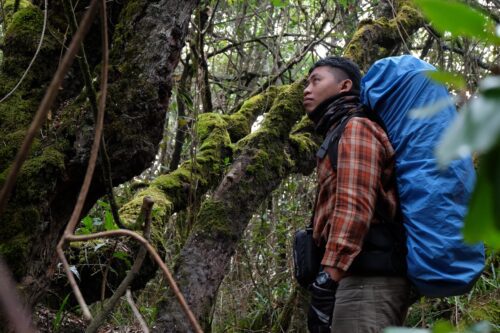

The English and Dutch textile merchants were responsible for bringing gingham to Europe, and it quickly gained popularity for its durability and affordability. Over time, gingham's checkered pattern became a symbol of modesty and simplicity. In the 18th century, it began to feature in various forms of clothing, from aprons and workwear to the trendy dresses worn by the ladies of the European high society.
Production of Gingham
The production process of gingham has evolved over time, but it still remains a unique and visually appealing fabric. Traditionally, gingham was made from cotton fibers that were dyed before being woven into fabric. This is known as a yarn-dyed fabric. The dyed yarns are then woven on a loom in such a way that the colored threads intersect, creating the checkered pattern.
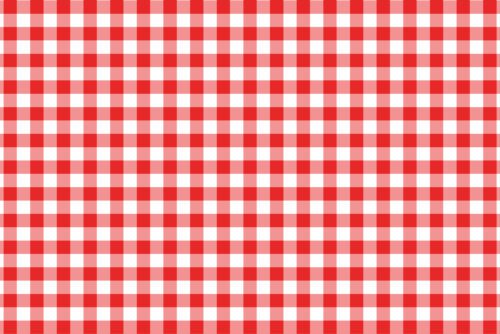

Modern gingham is still predominantly made from cotton, but it can also be found in other materials such as polyester and rayon. The fabric is often woven using a plain weave, which is simple and allows for the distinctive, crisp check pattern to stand out. Today, gingham is produced in a variety of colors, sizes, and materials, making it a versatile and popular choice among sewists and fashion designers alike.
A Deeper Dive Into Gingham
In the sections above we took a journey through the origins, history, and production process of gingham. Now, it's time to delve deeper into the evolution of the fabric's iconic checkered pattern. Join me as we trace the timeline of gingham's design and how it has changed over the centuries to become the versatile fabric we all adore!
The Early Days – Stripes to Checks
As we learned earlier, gingham's earliest form was actually striped, not checkered. When it made its way to Europe, the fabric started evolving. Around the mid-18th century, European textile producers began weaving gingham with two colors, which led to the formation of the checkered pattern. The traditional gingham colors were blue and white, but soon, a variety of colors started being used, giving rise to the vibrant gingham fabric we know today.
Gingham in the 19th and 20th Centuries
During the 19th century, gingham continued to gain popularity, thanks to its affordability and durability. It was widely used for aprons, workwear, and even children's clothing. It was in the 20th century, however, that gingham truly stepped into the limelight. Designers and fashion enthusiasts embraced the fabric for its versatility and playful charm, turning it into an iconic symbol of vintage and mid-century style.
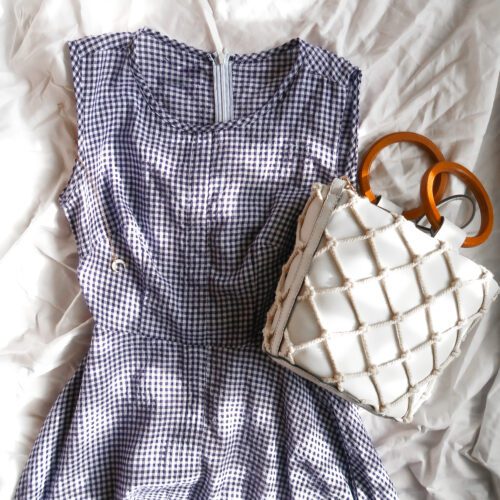

The 1950s saw the golden age of gingham, with some of the most famous gingham dresses gracing the silver screen. Who can forget Dorothy's blue gingham dress from “The Wizard of Oz” or Brigitte Bardot's pink gingham wedding dress? These iconic moments solidified gingham's place in fashion history.
Modern Gingham
Today, gingham remains a beloved fabric for its timeless appeal and versatility. The checkered pattern has evolved to include various sizes, from micro-checks to large buffalo checks. While the classic blue and white combination is still popular, you'll find gingham in an array of colors, making it perfect for any sewing project you have in mind.
Gingham for the Home Sewist – Projects and Inspiration
We've come a long way in our exploration of gingham, from its origins to its evolution as a timeless fabric. Now, it's time to get creative and dive into the possibilities of using gingham in your sewing projects.
Vintage-inspired Dresses
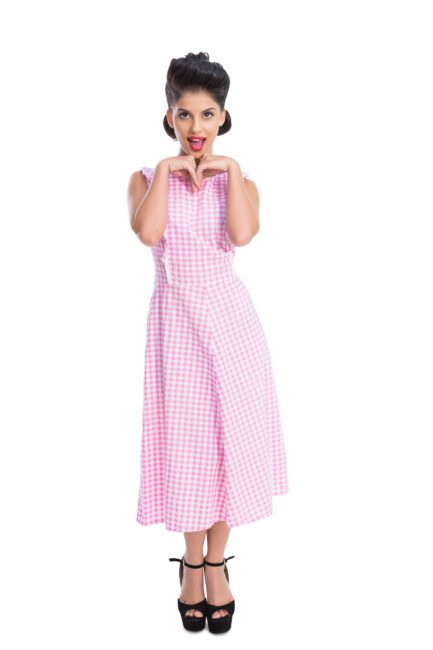

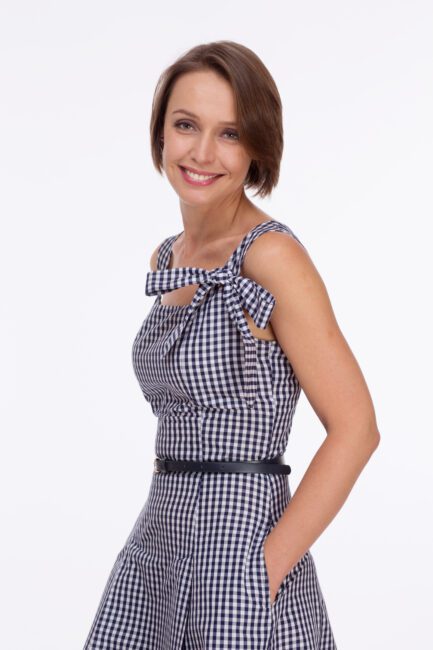

Gingham is synonymous with the 1950s, and what better way to pay homage to that era than by creating a vintage-inspired dress? Choose a classic A-line or fit-and-flare pattern, and let the gingham fabric do the talking. Don't be afraid to play with different colors and check sizes to create a truly unique piece.
Chic Skirts
Gingham skirts are a fantastic way to add some flair to your wardrobe. Opt for a simple gathered skirt, a circle skirt, or even a pencil skirt for a more modern take on the classic gingham look. Pair your gingham skirt with a plain blouse or a coordinating pattern for a stylish outfit.
Statement Tops and Blouses
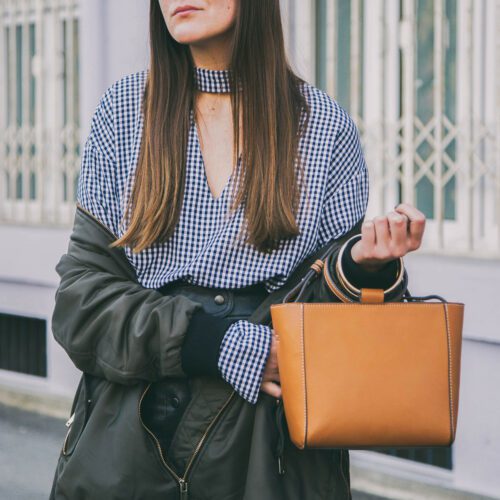

Gingham can also be used to create eye-catching tops and blouses. Try using a pattern with interesting details like ruffles, peplums, or puffed sleeves to elevate the gingham fabric and create a standout piece.
Accessories and Accents
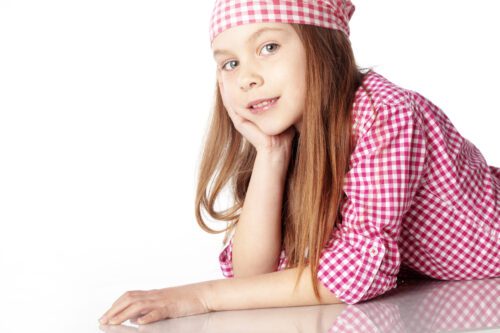

Don't limit yourself to clothing! Gingham can be used for a variety of accessories, such as headbands, scarves, or even bags. Smaller gingham prints work well for accessories, adding a touch of playfulness without overwhelming the design.
Home Decor
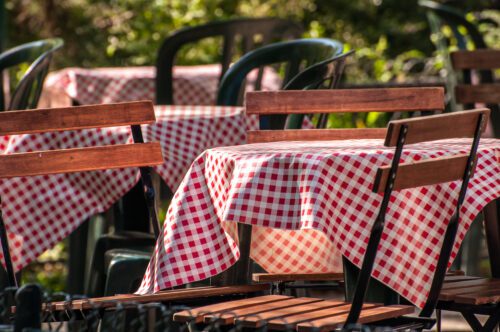

Gingham isn't just for fashion – it can also be used to create charming home decor items. Think tablecloths, placemats, curtains, or cushion covers. Gingham can add a cozy, cottage-like vibe to your home, or you can mix and match with other patterns for an eclectic, boho look.
Tips For Sewing With Gingham
Before we wrap up our gingham adventure, let me share some essential pointers to keep in mind when working with gingham fabric:
- Pattern Matching: To achieve a professional finish, always take the time to match the gingham pattern at the seams. This ensures a clean and cohesive look in your finished piece. When cutting your fabric, carefully align the pattern pieces so that the checks match up along the seam lines.
- Pre-washing: Gingham, especially when made from cotton, can shrink after washing. To prevent any surprises, pre-wash your gingham fabric before starting your project. This will help maintain the shape and size of your finished piece after laundering.
- Pressing and Seam Finishes: Gingham can sometimes be prone to fraying. To ensure a clean finish, choose a suitable seam finish, such as serging, zig-zag stitching, or using a bias binding. Additionally, press your seams as you sew, which helps create a neat and polished final product.
- Experiment with Bias Cutting: Cutting gingham fabric on the bias (diagonally across the fabric) can create interesting visual effects, such as diagonal checks or diamond patterns. This technique works particularly well for accents, such as collars, cuffs, or decorative trims.
- Get Creative with Contrasting Elements: To add some extra pizzazz to your gingham project, consider incorporating contrasting fabrics, trims, or embellishments. This can help elevate your design and make your finished piece even more unique.
If you enjoyed this fabric guide, let us know in the comments below. And if you want to learn more about the curious world of textiles and sewing history, check out our history and fabric guides here. See you next time and Happy Sewing.








IT IS REVERSIBLE! Full color on both sides. I love it.
Wonderful for cloth napkins and scarves, for this reason (there’s no ugly side of the fabric.) An important point I think the article missed.
Thank you, Kim; You are right! you just made the article better!
I thought that the gingham was a english pattern. And, so, was a asia’s influence!
Indeed it is!